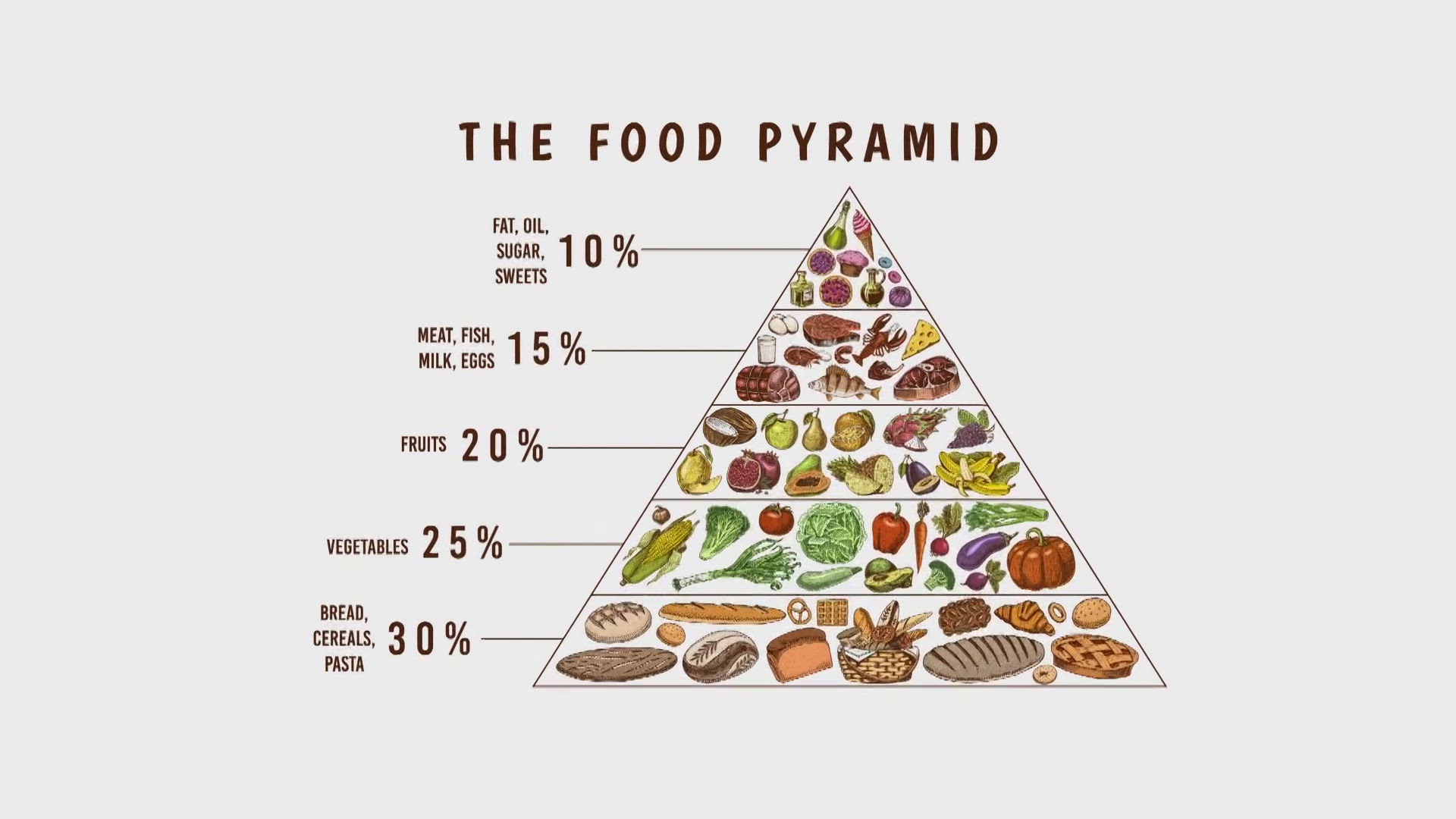NORFOLK, Va. — Beanie Babies, Nintendo, the rise of the internet: the 1990s were an exciting, and relatively innocent time to grow up.
But the one thing we relied on to stay healthy, and active children ended up being not so innocent… the infamous food pyramid.
Heading into the 21st century, obesity rates were on the rise. So much so, that the federal government decided to step in. The problem was that billions of dollars were on the line.
The food pyramid would decide where Americans’ money for food would go, so lobbyists put pressure on the U.S. Department of Agriculture and adjustments were made accordingly.
Baked goods, like biscuits and white bread, were originally slotted into the smallest space at the top of the pyramid. They were suddenly moved to the largest section at the bottom along with grains.
Dairy, for example, received its own space on the pyramid, even though many Americans don’t consume those items because of allergies.
What was originally intended to be an official blueprint for healthy eating turned into a moneymaker for the highest bidders in the food industry.
That all changed in 2011 when the MyPlate model was introduced. The new model focused on which foods to have on your plate, instead of the groups they belong those foods belong to.
After years of criticism from health experts, the original food pyramid was finally dropped in 2005.

